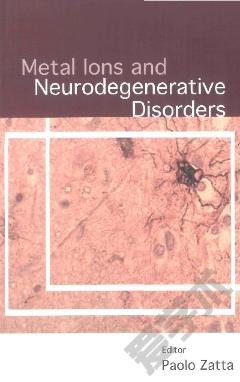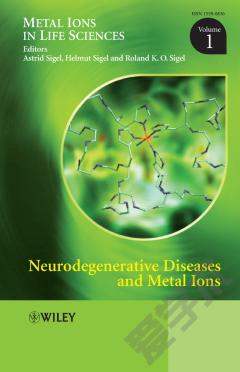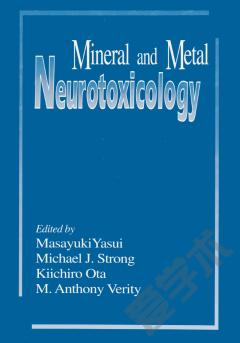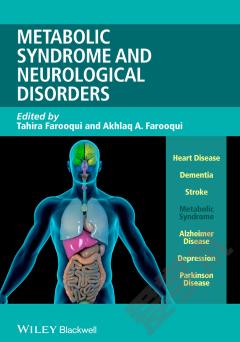Metal Ions And Neurodengenerative Disorders
Numerous studies have established a clear connection between neuronal oxidative stress and several neurodegenerative diseases, with consequential damages to lipids, proteins, nucleic acids, etc. In addition, several modifications indicative of oxidative stress have been described in association with neurons, neurofibrillary tangles and senile plaques in Alzheimer's disease, including advanced glycation end products and free carbonyl oxidation.Oxidative damage and antioxidant responses are now well characterized, but sources of damaging free radicals are yet to be fully understood. Evidences of alteration in metal ions metabolism have been reported in various diseases like Alzheimer's, Wilson, Menkes, Prion, Pick, Huntington disease, epilepsy and other pathological events. Thus, metal ions play a pivotal role in neurodegenerative phenomena.Chelation therapy is still in the early days of its development, but research in this area could lead to new products that could revolutionize treatment. Two international conferences on “Metals and the Brain: From Neurochemistry to Neurodegeneration” (Padova, Italy, 2000 and Fez, Morocco, 2002) were recently held to discuss the role of metal ions in neurophysiopathology. A third will be held in 2005 in Johannesburg, South Africa.This book follows the same train of thought as those conferences, in order to highlight the unquestionable importance of metal ions in the research on the neurophysiopathology of neurodegenerative diseases. The excellent reputation of the scientists who have contributed to this project ensures the quality of the chapters presented here, and hopefully this will help spur new research initiatives in the field, which is still in its infancy.
{{comment.content}}








 京公网安备 11010802027623号
京公网安备 11010802027623号